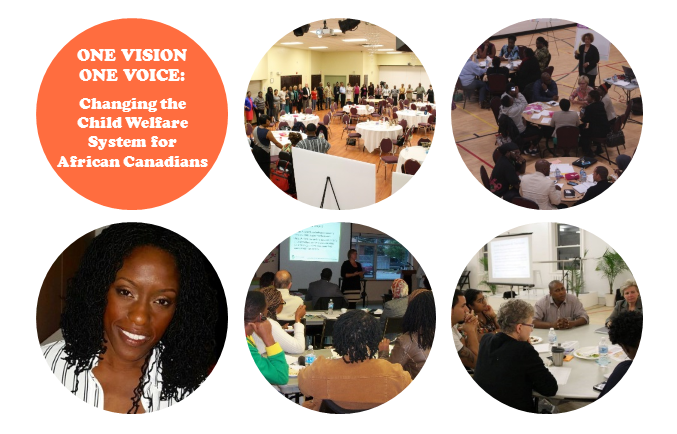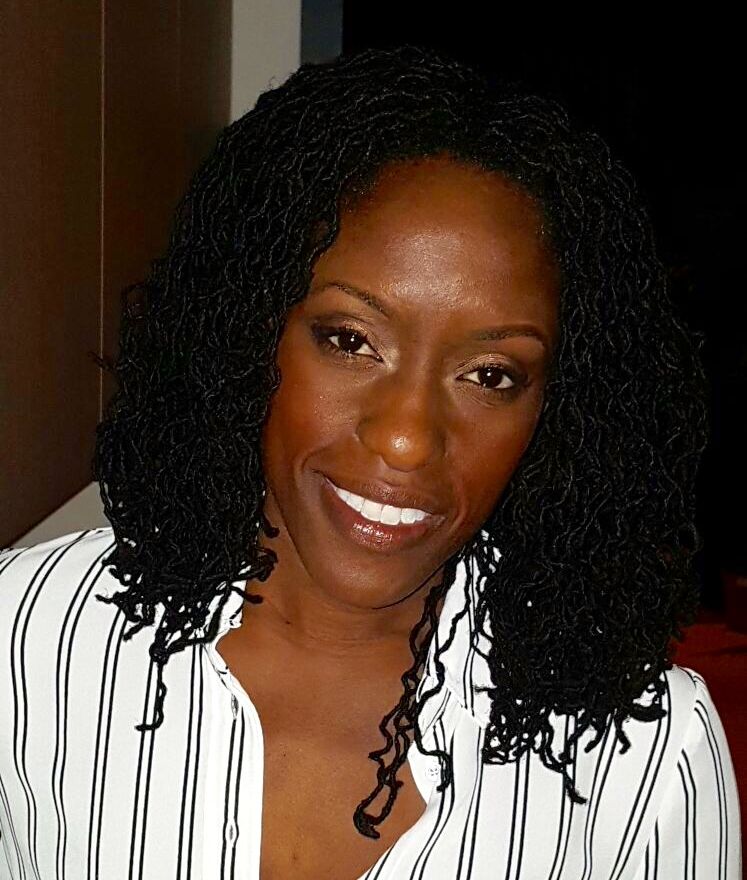OACAS’ Kike Ojo provides an update on where the One Vision One Voice project is at.

During the fall and winter, the One Vision One Voice project held 15 community consultations across the province. What was the purpose of these consultations?
The purpose of gathering community feedback is that it will help us to achieve the One Vision One Voice project goal of developing a detailed guide for child welfare staff on how to improve outcomes for African Canadian children and families that receive child welfare services. To get this feedback, we travelled from Windsor to Ottawa to Sudbury, doing 15 sessions in total. We also held focused sessions on youth, and one with the LGBTQ community. We are laying the groundwork for developing child welfare practices that best serve the Black community.
What was the big takeaway for you from these community consultations?
What I noticed from participating in all these sessions was that the issues affecting African Canadians are consistent across the province. To find the consistencies was very impactful.
What are some examples of these consistencies?
One that really jumped out at me was this feeling that people in the African Canadian community don’t know what CASs really do. That’s a pervasive feeling in the wider community as well. It has specific implications for the African Canadian community when you layer how Black people experience systems of authority like child welfare, immigration, and the police. The African Canadian community feels taken advantage of because they don’t know their rights. And if people don’t know their rights, then they can’t assert them.
Another theme of the consultations is that the racism African Canadians experience in the child welfare system is just one of many forms of systemic racism and that these systemic forms of racism intersect. African Canadians are experiencing this overlapping of racist systems similarly across the province. Everyone at the consultations talked about scrutiny not only from child welfare, but also from schools and the police. One of the clearest examples is that extreme interpretations are made of what youth say. Something as simple as saying “My mom’s going to kill me if I don’t get a good grade” at school can actually result in an investigation from child welfare when the family is Black.
What was the most memorable moment for you?
Peel Region’s community consultation had over 70 people. It felt like family there, even though people didn’t know each other. Community members spoke into the microphone and shared the most personal stories we’ve ever heard. I was stunned at how willing people were to share their stories. We didn’t ask them to. It just happened. It was probably the first time anyone had asked them about their experiences, and the sharing wouldn’t stop. We were cheering for and supporting each other. It was amazing.
What are the next steps for the One Vision One Voice project?
After doing 15 community consultations, we’re in the process of beginning to lay the groundwork for developing a guide for child welfare staff on how to best serve the African Canadian community in Ontario. There are two major next steps before this guide can be completed: first, we want to come back to the community in May 2016, to the original eight cities we had planned to have consultations in. We’re doing this as a way to close the loop: we’ve gone to the Black community, we’ve asked them questions, and now we’re going to share our provincial findings and get their buy-in before developing the final guide.
Then in June we expect to do something similar in a symposium for Children’s Aid Societies and their community partners so we can hear specifically from child welfare. We’re going to share feedback from the Black community, and also try to understand the struggles of child welfare staff, what gaps they’ve identified, and what they feel they need to provide the best service. No one has ever asked them that either. We expect the final guide to be ready around the end of 2016. There will be more information to follow, so stay tuned.
I also continue to engage with the media and the community to keep the conversation alive and encourage people to keep sharing their stories with us. People are still asking questions, and we’re welcoming that and participating in every invitation we receive.
